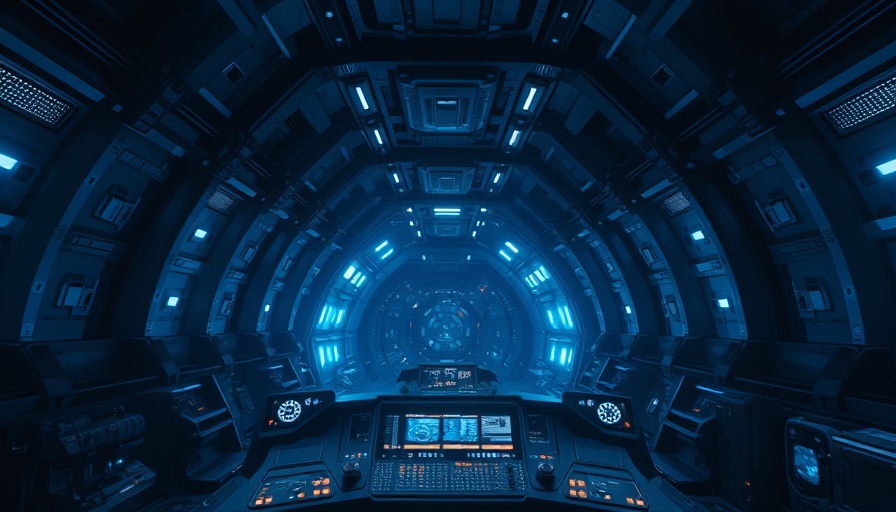
Historic Testing of NEO Surveyor Enclosure: A Step Towards Planetary Defense
The NASA’s Near-Earth Object Surveyor instrument enclosure has recently undergone rigorous environmental testing inside the historic Chamber A at the Space Environment Simulation Laboratory, located at the Johnson Space Center in Houston. This facility, famed for its integral role in testing Apollo missions, is a fitting venue for NEO Surveyor, marking a pivotal moment in planetary defense efforts.
The Enclosure’s Design and Purpose
The enclosure, measuring 12 feet long and wrapped in thermal blanketing, is engineered to safeguard the spacecraft's infrared telescope while simultaneously dissipating heat during operation. This is crucial as the spacecraft will face extreme temperatures and airless conditions in deep space. Following its successful tests, the enclosure will return to NASA's Jet Propulsion Laboratory in Southern California for further enhancements before ultimately being sent to the Space Dynamics Laboratory in Logan, Utah.
NEO Surveyor: A Mission with a Critical Objective
As the first dedicated space-based mission aimed at identifying and characterizing potentially hazardous near-Earth objects (NEOs), NEO Surveyor enhances our capabilities in planetary defense. While many NEOs are difficult to see with traditional visible light, they emit infrared light as they absorb heat from the sun. The spacecraft utilizes a 20-inch (50 cm) telescope equipped with specialized detectors that are sensitive to the infrared wavelengths, enabling the identification of these elusive celestial bodies.
The Importance of Planetary Defense
With the increasing focus on protecting our planet from potential asteroid impacts, NEO Surveyor’s mission is timely and indispensable. Asteroids and comets, if left unchecked, may pose significant risks to Earth. NEO Surveyor is designed to not only seek but also measure and characterize these celestial threats, enabling more effective responses to potential hazards.
Future Prospects: What Lies Ahead for NEO Surveyor
As NEO Surveyor progresses towards its launch, experts predict that its findings will be instrumental in developing strategies for planetary defense. This mission particularly emphasizes the need for enhanced detection methods for asteroids that are on a collision course with Earth. The collaboration among various scientific domains, driven by technological innovations, will play a crucial role in safeguarding our planet in the future.
In this era of rapid advancements, understanding the implications of missions like NEO Surveyor highlights our collective responsibility toward planetary safety. Continuous efforts in space exploration and research demonstrate our commitment to building a secure future. Engaging the broader public and encouraging interest in space-related initiatives could galvanize support for future projects aimed at protecting humanity from cosmic threats.
 Add Row
Add Row  Add
Add 




Write A Comment